 Crop Management
Crop Management
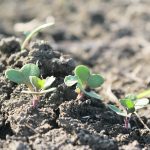
Farmers aim for higher yields with less moisture
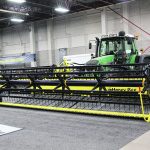
Short-line manufacturers face obstacles
Copyright laws and digital lockouts prevent implement manufactures from connecting to the electronics of OEM systems
Not that many years ago, getting an implement or attachment to work with a tractor or other major brand machine usually just meant putting compatible ends on hydraulic hoses. However, as technology has advanced, access to and interoperability with the machine’s digital system has become the key consideration — and now stumbling block in some […] Read more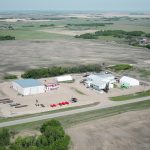
Short-line manufacturers important to western economy
Growing risk to Prairie ag manufacturing is also an economic risk in regions where farm equipment is manufactured
With some major equipment brands limiting access to the digital systems on their machines, Prairie short-line manufacturers who build attachments requiring that connectivity are finding themselves shut out of a growing number of market opportunities. This anticompetitive behaviour by some major original equipment manufacturers has shortlines facing a growing threat to their future viability, which […] Read more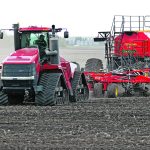
How do Enhanced Efficiency Fertilizers work?

Fast, accurate variety confirmation
An AI-driven seed recognition technology cuts accurate confirmation time of varietal purity from days to minutes
With enough training, an experienced seed grower or grain inspector can tell the difference among different varieties of barley, although they may need to take a closer look with a 10x lens or even a binocular microscope. But what if they’re stumped, or the variety for a particular sample is unknown? A genetic test will […] Read more
What will it take to realize the promise of digital agriculture?
Canada is positioned to lead in this technology sector but is hampered by scattered funding and information sources
Digital agriculture can help Canada’s farms manage the increasing pressure to produce food, minimize environmental impact and provide a living for farmers, but only if scattered research dollars and talent are brought together. “We need to do a lot better if we want a food system that is more productive, that is more sustainable, and […] Read more
Sask. reservoirs mostly full

Spring ’hopper threat remains high
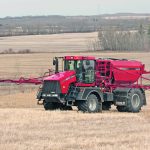
Enhanced efficiency adoption is low
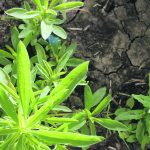



 Crop Management
Crop Management

